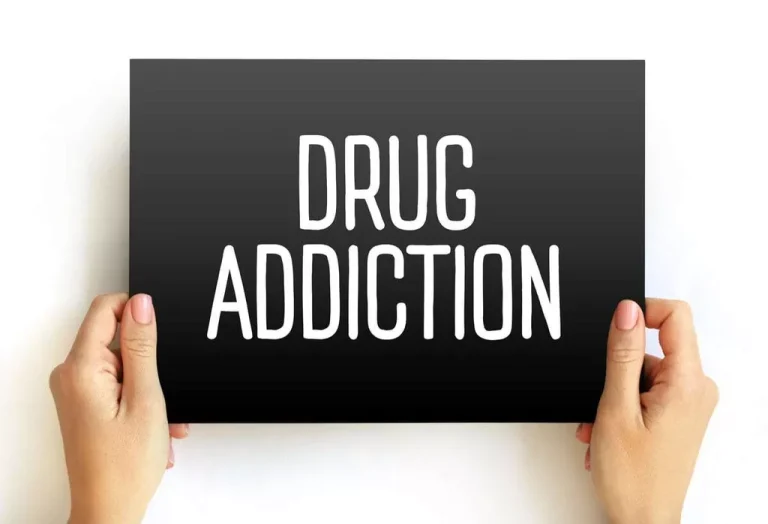Expanding the continuum of substance use disorder treatment: Nonabstinence approaches PMC

During a smoking cessation attempt, participants reported on SE, negative affect and urges at random intervals. Findings indicated nonlinear relationships between SE and urges, such that momentary SE decreased linearly as urges increased but dropped abruptly as abstinence violation effect urges peaked. Moreover, this finding appeared attributable to individual differences in baseline (tonic) levels of SE. When urge and negative affect were low, individuals with low, intermediate or high baseline SE were similar in their momentary SE ratings.

Mechanisms of treatment effects
Two publications, Cognitive Behavioral Coping Skills Training for Alcohol Dependence (Kadden et al., 1994; Monti, Kadden, Rohsenow, Cooney, & Abrams, 2002) and Cognitive Behavioral Therapy for Cocaine Addiction (Carroll, 1998), are based on the RP model and techniques. Although specific CBT interventions may focus more or less on particular techniques or skills, the primary goal of CBT for addictions is to assist clients in mastering skills that will allow them to become and remain abstinent from alcohol and/or drugs (Kadden https://ecosoberhouse.com/ et al., 1994). CBT treatments are usually guided by a manual, are relatively short term (12 to 16 weeks) in duration, and focus on the present and future. Clients are expected to monitor substance use (see Table 8.1) and complete homework exercises between sessions. Clayton Neighbors is a professor and Director of the Social Psychology Program at the University of Houston, USA. His work focuses on social, motivational, and spiritual influences in etiology, prevention, and treatment of health and risk behaviors.
Historical context of nonabstinence approaches

Encouragement and understanding from friends, family, or support groups can help individuals overcome the negative emotional aftermath of the AVE. Another example is Taylor, who has been doing a wonderful job taking walks and engaging in healthier eating. Taylor uses an app to watch her intake of calorie limit and does see positive outcomes to her new lifestyle.
Emerging topics in relapse and relapse prevention
By identifying and naming what is happening, you will have a better chance to resist the temptations they create. My favorite tool is keeping Sobriety Gratitude Logs, which I share in my free Monthly Sober Curious Magazine. It will help you focus on the positive aspects of sobriety and counterbalance the distorted memories of drinking. These rose-colored glasses are known as the fading effect bias, a psychological phenomenon in which the emotional impact of negative memories diminishes faster than that of positive ones. Over time, we tend to remember positive experiences more vividly and in greater detail than negative ones.
Financial support and sponsorship
Multiple theories of motivation for behavior change support the importance of self-selection of goals in SUD treatment (Sobell et al., 1992). For example, Bandura, who developed Social Cognitive Theory, posited that perceived choice is key to goal adherence, and that individuals may feel less motivation when goals are imposed by others (Bandura, 1986). Miller, whose seminal work on motivation and readiness for treatment led to multiple widely used measures of SUD treatment readiness and the development of Motivational Interviewing, also argued for the importance of goal choice in treatment (Miller, 1985). Drawing from Intrinsic Motivation Theory (Deci, 1975) and the controlled drinking literature, Miller (1985) argued that clients benefit most when offered choices, both for drinking goals and intervention approaches.

- The recently introduced dynamic model of relapse [8] takes many of the RREP criticisms into account.
- The dynamic model further emphasizes the importance of nonlinear relationships and timing/sequencing of events.
- However, it is imperative that insurance providers and funding entities support these efforts by providing financial support for aftercare services.
- Little do we know that once we take that one drink, the illusion of control shatters, and saying no to the next drink becomes even harder.
- Unfortunately, few quantitative, survey-based studies have included substance use during treatment as a potential reason for treatment noncompletion, representing a significant gap in this body of literature (for a review, see Brorson, Ajo Arnevik, Rand-Hendriksen, & Duckert, 2013).
- Among social variables, the degree of social support available from the most supportive person in the network may be the best predictor of reducing drinking, and the number of supportive relationships also strongly predicts abstinence.
Treatment in this component involves describing the AVE, and working with the client to learn alternative coping skills for when a lapse occurs, such that a relapse is prevented. The AVE occurs when a client is in a high-risk situation and views the potential lapse as so severe, that he or she may as well relapse. The treatment is not lapse prevention; lapses are to be expected, planned for, and taken as opportunities for the client to demonstrate learning. Most often, relapse tends to be construed as a return to pretreatment levels of occurrence of the targeted behavior. Although there is some debate about the best definitions of lapse and relapse from theoretical and conceptual levels, these definitions should suffice. When abstinence is violated, individuals typically also have an emotional response consisting of guilt, shame, hopelessness, loss of control, and/or a sense of failure; they may use drugs or alcohol in an attempt to cope with the negative feelings that resulted from their abstinence violation.
Genetic influences on treatment response and relapse
The Minnesota Model involved inpatient SUD treatment incorporating principles of AA, with a mix of professional and peer support staff (many of whom were members of AA), and a requirement that patients attend AA or NA meetings as part of their treatment (Anderson, McGovern, & DuPont, 1999; McElrath, 1997). This model both accelerated the spread of AA and NA and helped establish the abstinence-focused 12-Step program at the core of mainstream addiction treatment. By 1989, treatment center referrals accounted for 40% of new AA memberships (Mäkelä et al., 1996). This standard persisted in SUD treatment even as strong evidence emerged that a minority of individuals who receive 12-Step treatment achieve and maintain long-term abstinence (e.g., Project MATCH Research Group, 1998). Self-efficacy (SE), the perceived ability to enact a given behavior in a specified context [26], is a principal determinant of health behavior according to social-cognitive theories.
- Her over 15 years’ experience working in healthcare administration and management quickly launched her into a leadership role.
- In a study by McCrady evaluating the effectiveness of psychological interventions for alcohol use disorder such as Brief Interventions and Relapse Prevention was classified as efficacious23.
- If you or a loved one is experiencing addiction in Massachusetts, our professional clinicians can help.
- Rather than labeling oneself as a failure, weak, or a loser, recognizing the effort and progress made before the lapse can provide a more balanced perspective.
- Knowledge about the role of NA in drinking behavior has benefited from daily process studies in which participants provide regular reports of mood and drinking.

- In other words, AVE describes the thoughts, feelings, and actions a person goes through after they make a mistake and have a drink or abuse a substance, despite trying to quit.
- Additionally, individuals may engage in cognitive distortions or negative self-talk, such as believing that the relapse is evidence of personal weakness.
- Some researchers propose that the self-control required to maintain behavior change strains motivational resources, and that this “fatigue” can undermine subsequent self-control efforts [78].
- Self-efficacy is defined as the degree to which an individual feels confident and capable of performing certain behaviour in a specific situational context5.
- Most notably, we provide a recent update of the RP literature by focusing primarily on studies conducted within the last decade.

Напишете коментар